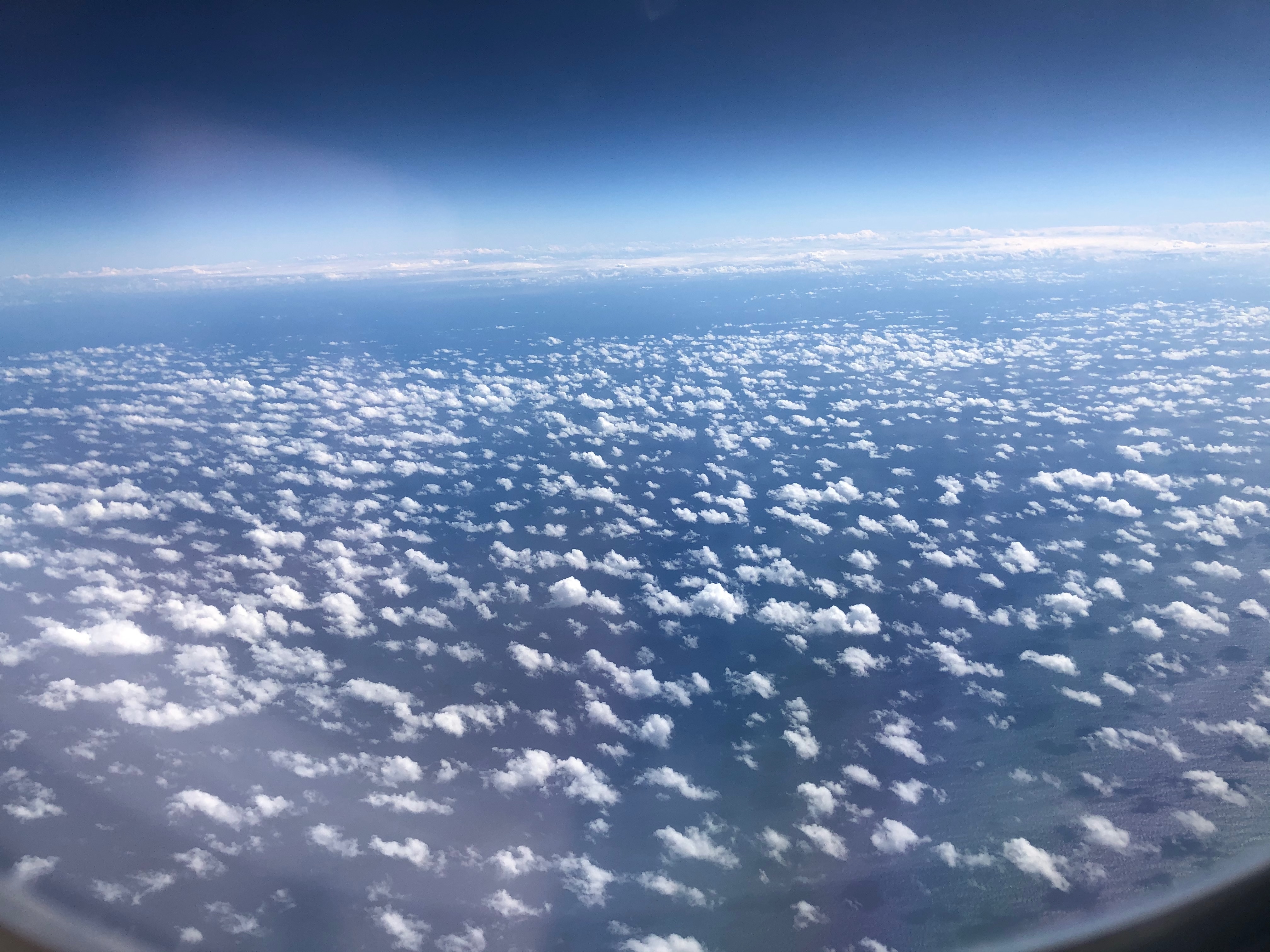Shallow Cumulus Clouds
Measuring Shallow Convective Mass Flux Profiles in the Trade Wind Region
Introduction
We conducted a comprehensive study focused on measuring the shallow convective mass flux profiles in the trade wind region. Shallow cumulus clouds, prevalent in tropical regions, play an essential role in the global climate system, yet their representation in models is challenging. By utilizing Doppler radar and lidar measurements at the Barbados Cloud Observatory (BCO), we were able to explore how the shallow cumulus mass flux behaves and varies over time.
Methodology
The primary instruments used in our study included a Ka-band Doppler cloud radar and a Doppler lidar, both located at the BCO. These instruments allowed us to collect data on cloud fraction, vertical velocity, and mass flux from shallow cumulus clouds over a 30-month period. By applying the Konow cloud mask algorithm, we filtered out non-shallow cumulus clouds, enabling us to focus on cloud structures and parameters relevant to our research.
Key Findings
Our results showed that the shallow convective mass flux is largely driven by cloud fraction, with vertical velocity playing a secondary role. The peak mass flux profile occurred around 730 meters, which coincides with the cloud base, and matched prior studies conducted in similar regions. Moreover, our analysis revealed that mass flux measurements over a period of at least two hours are necessary to avoid errors caused by fixed-point sampling.
Conclusion
We demonstrated that shallow convective mass flux can be reliably measured using ground-based remote sensing techniques. While the mass flux was primarily influenced by cloud fraction, our results suggest that the large-scale environmental conditions may have a more significant impact than previously assumed. This research provides new insights into the relationship between cloud dynamics and mass flux, with important implications for improving parameterizations in global climate models.
This summary is based on the publication: Klingebiel, M., Konow, H., & Stevens, B. (2021). Measuring Shallow Convective Mass Flux Profiles in the Trade Wind Region. Journal of the Atmospheric Sciences, 78, 3205-3214. DOI: 10.1175/JAS-D-20-0347.1.
